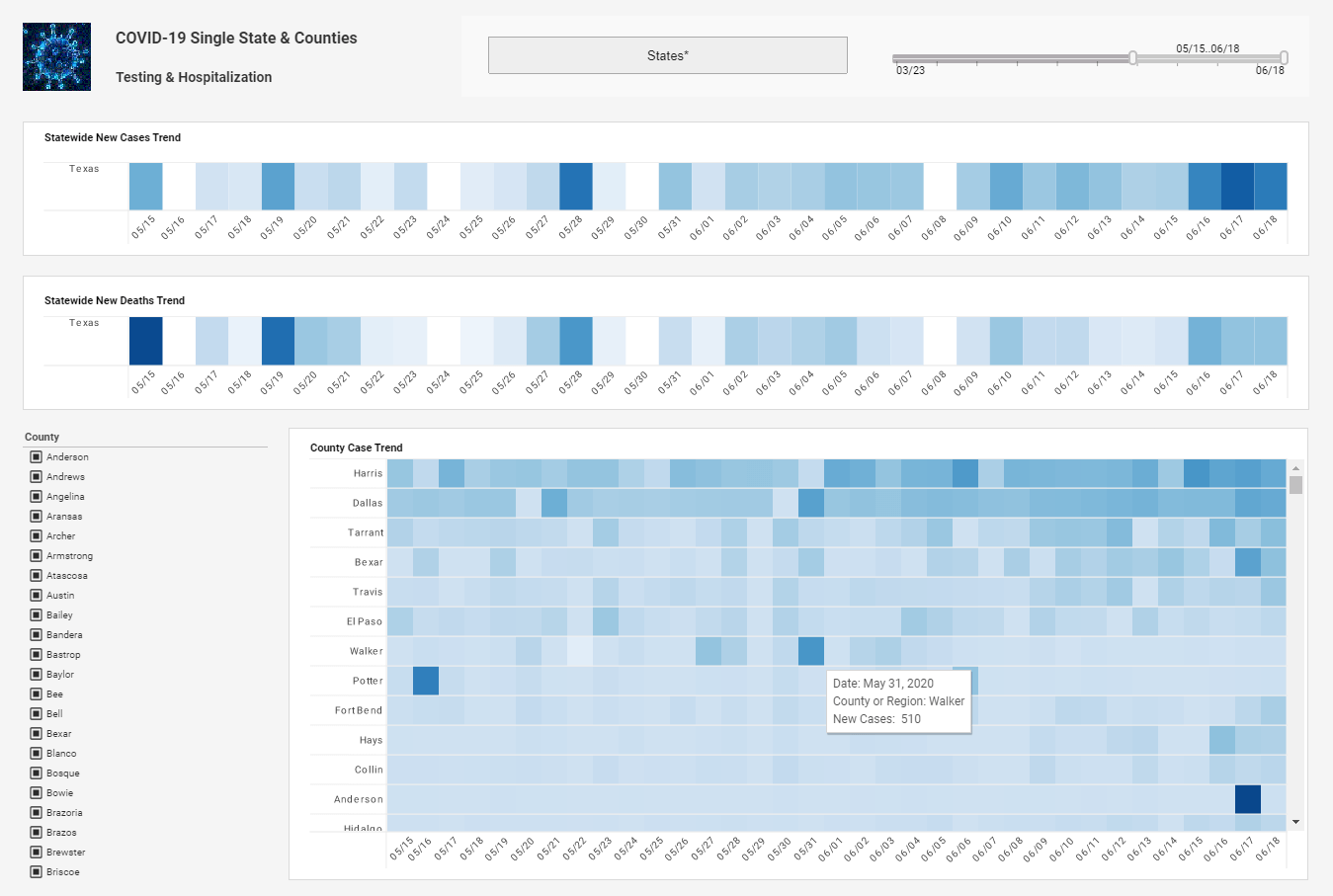InetSoft Webinar: Data Management Implementation
This is the transcript of a Webinar hosted by InetSoft on the topic of "Data Management Implementation." The speaker is Mark Flaherty, CMO at InetSoft.
Moderator: Today we’re talking about data management implementations. And we’ll start by asking, what is the most common mistake that companies make when it comes to data management system implementations?
Flaherty: Well, there really is no one most common mistake, but if pressed I would say that a lot of times companies tend to underestimate the amount of effort involved in data clean up. And this can be a function of the industry, the size of the company, the age of a legacy system, and number of employees, but in short if I had to pick one it would be the data clean up.
Moderator: How can companies avoid running into those problems with data clean up?
Flaherty: Organizations really should undertake a readiness assessment from a truly independent source before the project actually starts. A consultant can to tell you that one company has paid $10,000 for one system and $12,000 for another system. And while there are differences among vendors and different financial systems, ultimately the client needs to make the decision about what the true value ought to be.
| #1 Ranking: Read how InetSoft was rated #1 for user adoption in G2's user survey-based index | Read More |
Cleaning up their data ahead of time will set the stage for more successful implementation. Also with regard to data, they should probably assume the worst, and if they do start without an audit, which I don’t recommend, they should really build buffers in the project plan. If you think that the cleaning up or conversion of the data will take three months, and you are wrong it only takes two then that’s great you can move stuff up. That’s probably better than thinking its going to take one month, and it takes three.
Moderator: Planning is key. When companies are preparing for implementation what do they need to do before they get started? Besides assuming the worst when it comes to data clean up, what else should they do before they get started?
Flaherty: A pre-implementation audit is really essential. Identify any potential roadblocks. Do you have enough resources? Are there enough people on the team and do those people have enough skills? If you are running a weekly payroll, you are probably not going to get a lot of out of those people during the project because as soon as one payroll ends, they have a very short period of time before another one begins.
Also there are some people who are hell bent against a new data management system. You probably need to have a serious conversation with them before the project starts, and if they are not on board with it, then at the very least you don’t want them as part of the team, and you may not want them as part of the future organization.
So there are a lot of things that organizations can do really before they get started. They can say, okay well it will take a year if we start now, and this is the goal I've set, then that’s etched in stone. It’s really just a blind guess about how long that will take, and they haven’t addressed some of the fundamental problems that will cause them to routinely miss their deadlines.
 |
View live interactive examples in InetSoft's dashboard and visualization gallery. |
Moderator: When should a company consider hiring outside help to assist with the implementation process, and what are some signs that the expertise they have internally just might not be enough?
Flaherty: The answer to the first question about when they should hire an external firm is virtually always. And a client may have two or three people who might have worked with the information management system in some capacity, or they may even have recently hired a super-user. But it does benefit them to bring in somebody who is basically doing this for a living.
Internal expertise may exist at some capacity, but in all likelihood, it is not the exclusive job of somebody to help with the implementation typically. End users have their day jobs, running payroll, processing vendor invoices, or doing technical work, but they are also assigned to the project. If you don’t have people whose whole focus it is to assist with the project, things tend to slip often and considerably. When you are preparing for your future system, but a crisis comes up with your current systems, which one’s going to win?
Read what InetSoft customers and partners have said about their selection of Style Report as their production reporting tool. |
So, it’s worthy investment to consider that outside help. In fact, in some cases vendors will not certify a client’s installation unless it is performed by that external firm. So even if the client does have the internal expertise to do it, you certainly want to be above board with the vendor for the installation.



